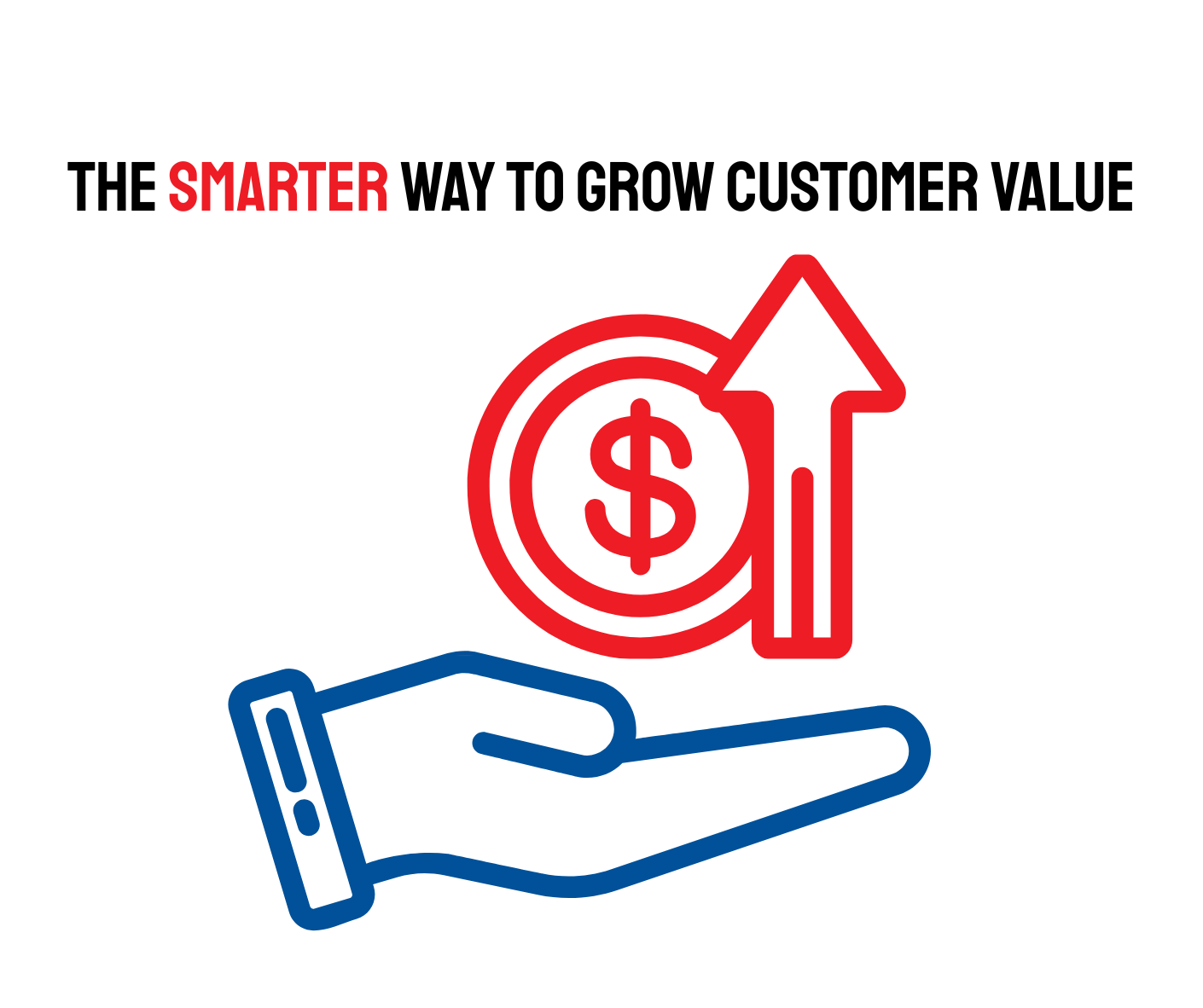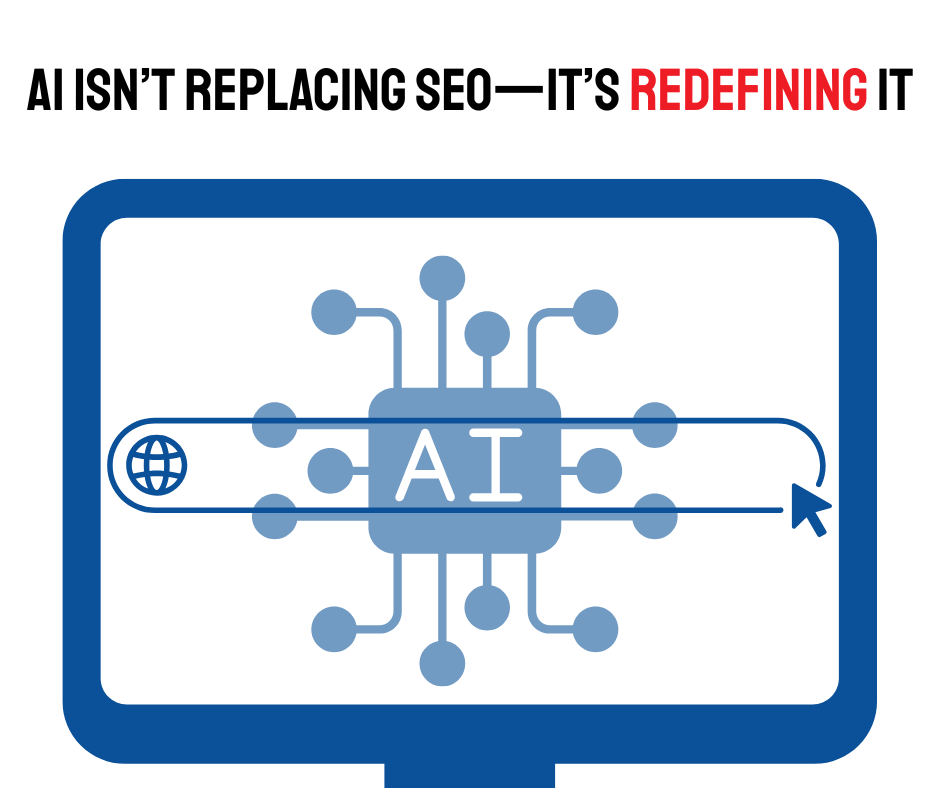Maximizing Momentum From Small Business Season
Movie franchises, sequels, and prequels are all the rage in Hollywood these days—and for good reason. They make money. They’re a known commodity. If you’re an entrepreneur who’s thinking about launching a second business, a spin-off can be wildly popular. Before you decide to go after a brand-new market, consider the opportunities you might have with your existing audience.
There’s no better time to do this than during Small Business Season. Keep reading to understand how you can use your current business as a springboard to launch a new, exciting venture.
Launching a Spin-off Business During Small Business Season
First, we’re not telling you to launch the spin-off during the remaining weeks left in the year. There’s too much to do. But we are suggesting you look at some of the data and actions of your target market now that could help you shape a spin-off in the coming year. If you do, by this time next year you could be sitting on a very lucrative undertaking.
Identify Opportunities
Before diving into the spin-off venture, it's crucial to identify opportunities that align with your current business. Assess market trends, customer needs, and emerging technologies to pinpoint areas where your expertise can be leveraged for maximum impact. Look for gaps in the market or areas where your unique strengths can be a game-changer.
Small Business Season tip: If you’re a brick-and-mortar business, pay attention to the bags and cups people are carrying when they enter your place. What do they have in common and what do those places sell? Your target market is buying from them. Take notice.
Another good idea is to look for trends in your business as to what products or services are bought together, what questions are asked at checkout, and what items are returned. This data also reveals hidden desires and purchasing patterns.
Leverage Existing Resources
One of the key advantages of launching a spin-off business is the ability to leverage existing resources. Utilize the knowledge, infrastructure, and customer base you've built with your current business to give your new venture a head start. This not only reduces startup costs but also accelerates the growth of the spin-off.
Small Business Season tip: if you already know what you want to sell in your new undertaking, provide a sample in your current business and share those with buyers and/or visitors. You can also charge for items as a trial run. For instance, if you own a bookstore, and you’re thinking about creating a coffee shop nook, give away a few samples or do a poll on your audience’s favorite types of coffee drinks. Note: if you decide to sell something, be careful you’re not breaking any laws about food and beverage sales and licenses in your area.
Ask Your Audience:
Let the proverbial cat out of the bag and tell people (in store, on your website, and those following you on social) what you’re considering. Ask them what they think.
Small Business Season tip: Create an interactive display of 1-3 things you’re thinking about for a new business. Create voting boxes and let customers have a say as to which idea they like best. You can also give them a little something for their opinion. For instance, if you’re trying to decide between launching a coffee business, bookstore, or wine bar, and you have a brick-and-mortar store front, buy 3 types of stickers. Explain to each customer that the stickers are a vote for a new type of business and encourage them to “cast their vote” by taking a sticker. At the end of the day, see which category has the least number of stickers left.
Listen:
What questions do you get asked most frequently regarding your offerings? What are people asking for that you don’t sell? Consider how you might meet those needs in the future.
Small Business Season tip: when the next person asks you if you carry an item that you don’t, make a note of it. If you get several of the same request, this is a good indication that your customers want that item or service. It’s possible their request would fit into your current business, or you might decide to launch a side project to address their desires.
Also, pay attention to how customers navigate your store, what products they linger on, and what questions they ask employees. This reveals their unspoken needs and interests.
Consider How You Will Maintain Brand Consistency
Maintaining consistency in branding is vital when launching a spin-off. Leverage the positive reputation and brand recognition of your current business to build trust in the new venture.
Small Business tip: The brand for your new business doesn’t have to be the same as your existing one but there should be a close enough resemblance that you build on your other business’ recognition. After all, in a spin-off business, your target market is likely to be the same as your current one.
If you’re a little farther along in your business ideas, you can use Small Business Season to get people excited about your upcoming spin-off.
Building Buzz for Your Spin-off During Small Business Season
- Host product demos, sample services/items, or consultations. Listen to the conversations that happen around your stations.
- Set up interactive displays and feedback stations. Create product displays with touchscreens or feedback boards where customers can share their opinions and ideas.
- Host a "customer appreciation day." Unveil the new undertaking and invite customers to meet your team, ask questions, and share their thoughts. Let them be the first to know.
In-person interactions during Small Business Season offer a unique opportunity to connect with customers on a deeper level and understand their needs in a more nuanced way. By being creative and proactive, you can turn these interactions into valuable insights that drive growth and strengthen any new undertaking.
------
This article published by the Leavenworth-Lansing Area Chamber of Commerce with permission from Frank Kenney Chamber Pros Community.




